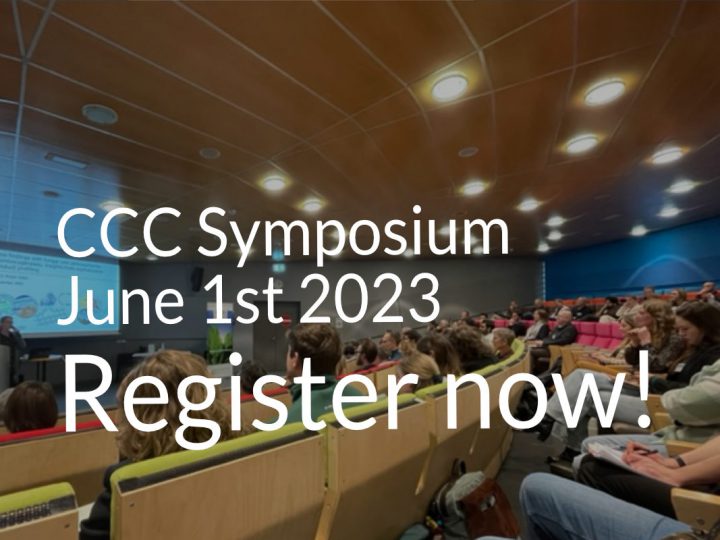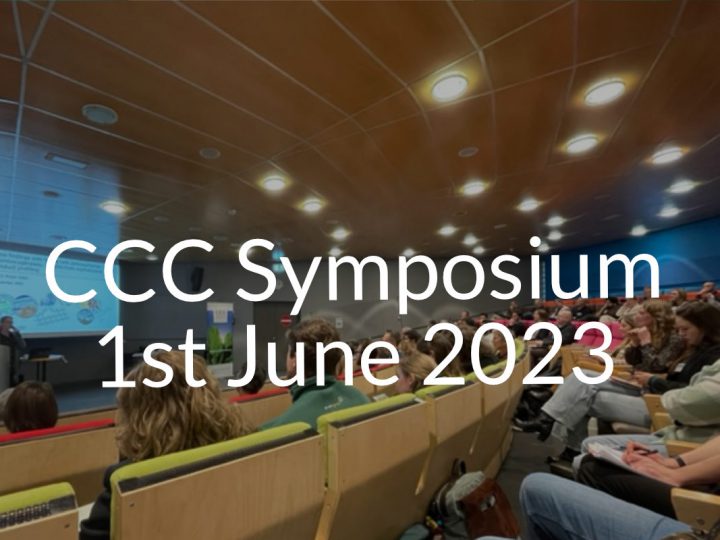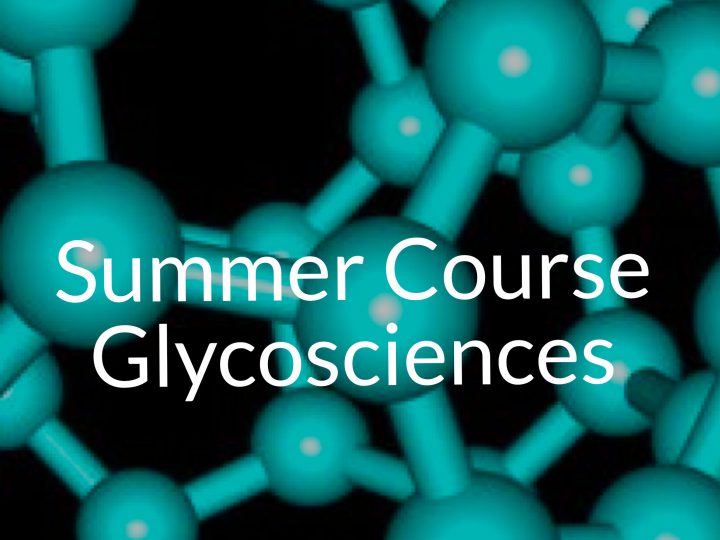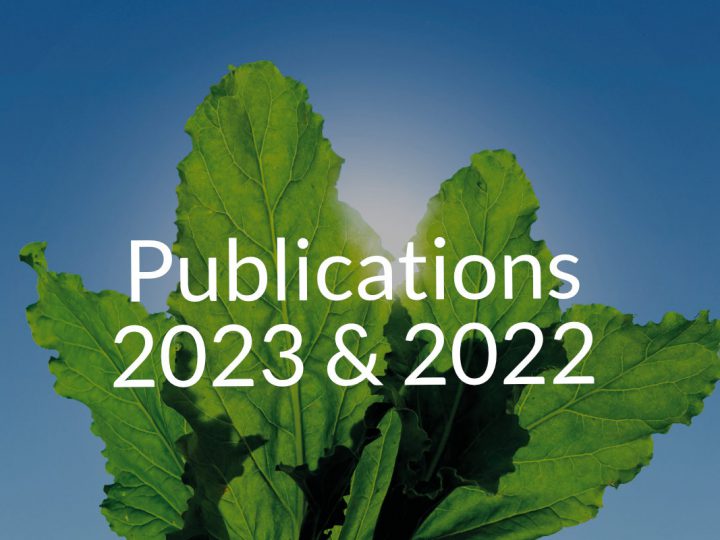 HZPC provides seed potatoes to some 90 countries worldwide. Their focus is on fresh potato varieties for the traditional and retail food market and processing varieties for the production of potato products like crisps or French fries. ‘The difference with other breeders is that our potatoes are used whole, we don’t extract products from them.’
HZPC provides seed potatoes to some 90 countries worldwide. Their focus is on fresh potato varieties for the traditional and retail food market and processing varieties for the production of potato products like crisps or French fries. ‘The difference with other breeders is that our potatoes are used whole, we don’t extract products from them.’
HZPC has been a partner in the first two CCC research programs. So it may come as a surprise that the company isn’t particularly interested in starches. ‘We select for many traits, but starch quality is not one of them’, explains R&D director Robert Graveland from his office in Metslawier. Don’t get him wrong, he is very much interested in the dry matter making up some 20 percent of a potato. ‘But our main focus is the yield and effect it has on the texture and the stability of the potato.’
The dry matter – starches, sugars and proteins – are not distributed evenly in a potato. ‘Most of the dry matter is located in the outer section. In the center, the dry matter content could be some 10 percent lower.’ The exact distribution determines for what uses a potato is best suited. ‘This means we very much like to understand the genetics behind the distribution.’ Another question is how efficient a potato plant can be. Graveland: ‘We want to improve yields but again, we need to preserve texture and stability.’
The results from the HZPC participation in the CCC1 and CCC2 programs has provided them with a lot of new and valuable information. ‘We are really getting a grip on the genetics of dry matter distribution. But we’re still digesting the results, so we’ve not been involved in the most recent programs.’ HZPC has cooperated with companies like Averis and knowledge institutes. ‘The difference between us is that they mash the potatoes to get valuable materials from the cells like starch and protein, whereas we only deliver varieties and our customers cut the potatoes in pieces to make a product.’
Information about the genetics of dry matter distribution can be used to breed new varieties. This is done using classical breeding techniques. ‘There is a lot of concern about genetic modification, so we don’t use that’, says Graveland. But HZPC is open to innovative techniques like cisgenesis, where genetic material is used from related plant species which will cross by natural means with the potato plants, and gene editing. ‘Both are examples of new breeding methods which hopefully will be non-regulated on a global level as the risk profile is same as classic breeding.’ To support these efforts, the company may very well participate in new CCC programs, once the wealth of results from the first two rounds has been assessed.
More information:
www.hzpc.nl




